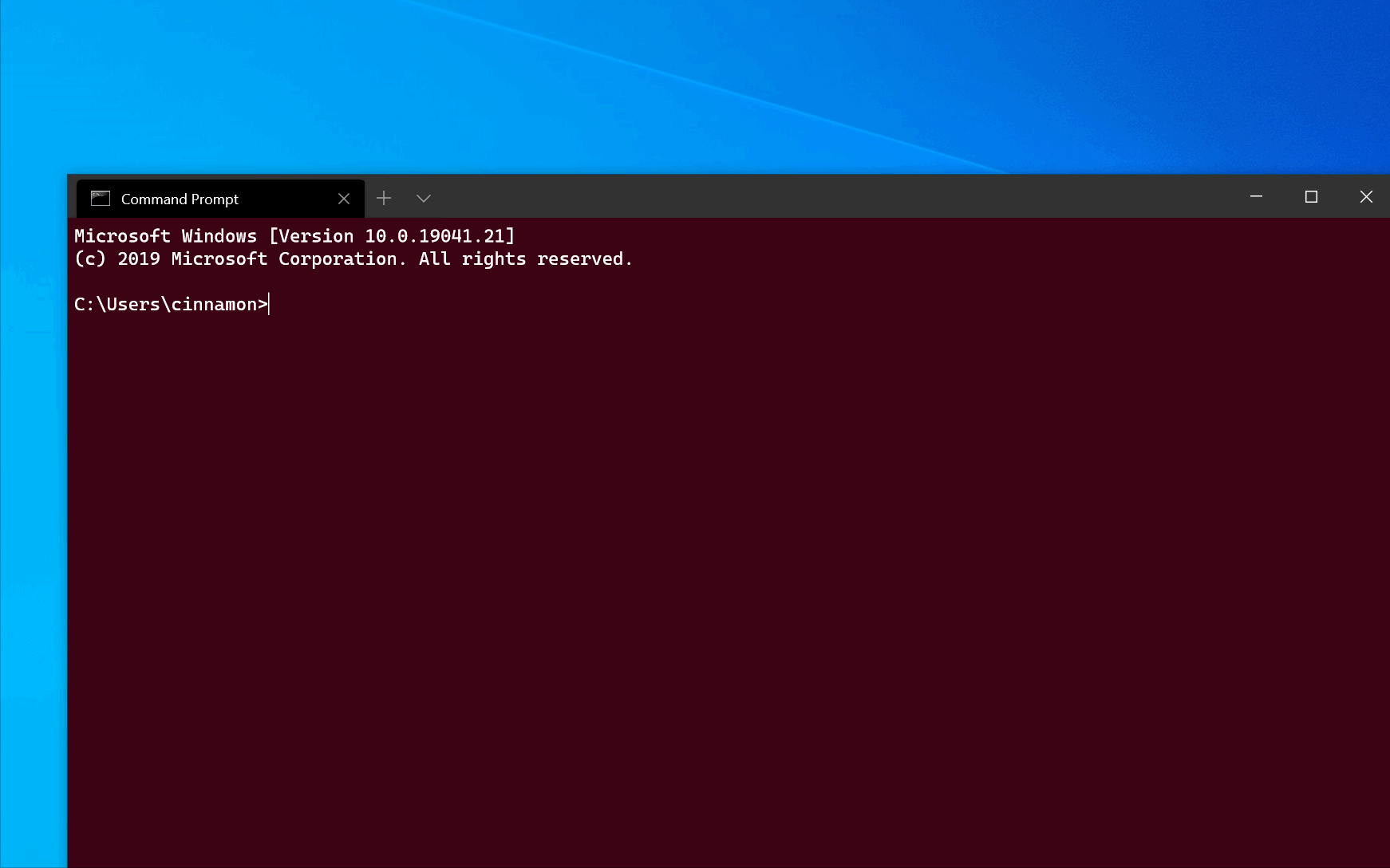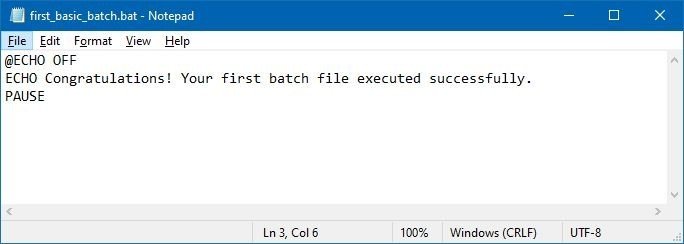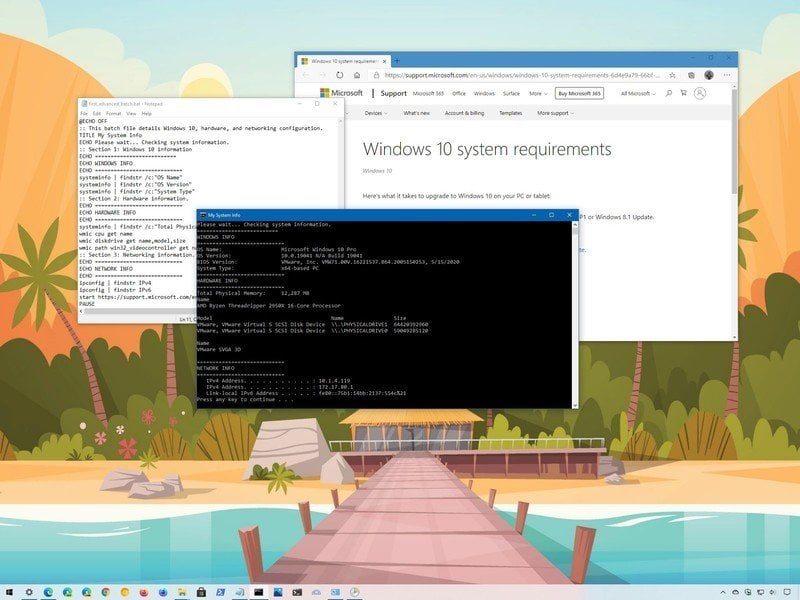
Therefore trying to copy a file (like a program downloaded from the Internet) into that folder is forbidden by default. the user 'root') should have permission to alter the contents of system directories like /usr/local/bin. Yet there will be times when you wish to copy a file to a system folder (like /usr/local/bin) to make it available to all users of the system.

This way you insure that you won't accidentally break anything belonging to the system or other users, so long as the system and other users haven't altered their file permissions.

When working on the command line, you usually want to work with the default permissions.
#UBUNTU BATCH SCRIPT EXAMPLE INSTALL#
This will delete everything from your root folder downwards, which if you did a standard install would be everything. Unless you want to say goodbye to your system. The next commands should !!**!!NEVER!!**!! be run. This command is perfectly fine for deleting a dir and all its sub-dirs. This command is slightly different to the one before, it uses two options '-r' which means recursive (will delete the folder and all sub-folders) and '-f' means force (will not ask for your permission).

To force (note most of the time you will not need to use -f) rm -rf /home/joe/useless_Parent_folder The command you are about to read can potentially (if used incorrectly) destroy your system! rm -r /home/joe/useless_Parent_folder The rm (remove) command is used to remove anything through a cli environment. The mkdir (make directory) command creates the folder then the file path tells it where to create the folder.ĭeleting files are done with the rm command as follows: rm /home/joe/file_to_be_deleted Bash is not only used to run programs and applications, but it can also be used to write programs or scripts.ĭuring your time as an Ubuntu user you will use the terminal to perform tasks such asĪlong with many other things, the list above will be the commands we will discuss.Ĭreating folders can be done simply in the file manager nautilus by right clicking and selecting 'Create Folder', but if you want to do this from a cli environment you would type the following in the terminal: mkdir /home/joe/Desktop/new_folder In this document we will discuss useful everyday commands, as well as going a bit more in depth into scripting and semi-advanced features of Bash. You can also just copy and paste if needed. enter it into a terminal unless instructed to do otherwise. NOTE: Text that is inside the box are to be entered into a terminal as follows: If it's inside a box like this. For example, changing file permissions of a folder and all its sub folders is more easily achieved using cli instead gui. You will soon learn that most things can be done through both GUI (Graphical User Interface) and CLI (Command Line Interface), however some things are more easily achieved from one or the other. Bash is the language that you will learn to love as much of everyday Ubuntu life is done/can be done using the Terminal. However if you are a 'non-computer-savvy' person that won't mean a thing to you. Bash is very flexible, and has many advanced features that you won't see in batch scripts.
#UBUNTU BATCH SCRIPT EXAMPLE WINDOWS#

Storing application stdout to a variable:.


 0 kommentar(er)
0 kommentar(er)
